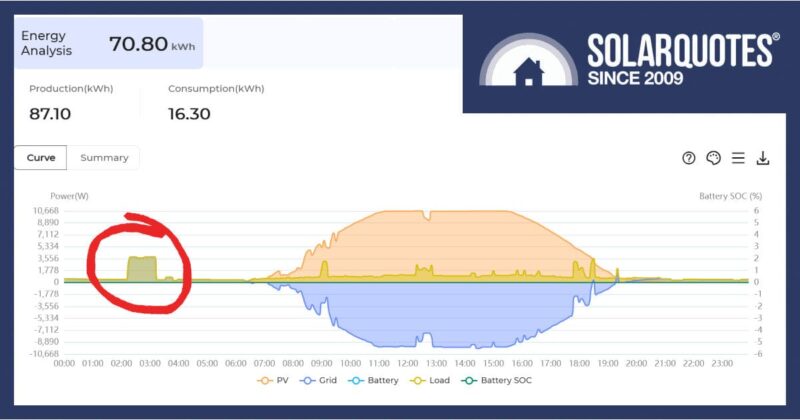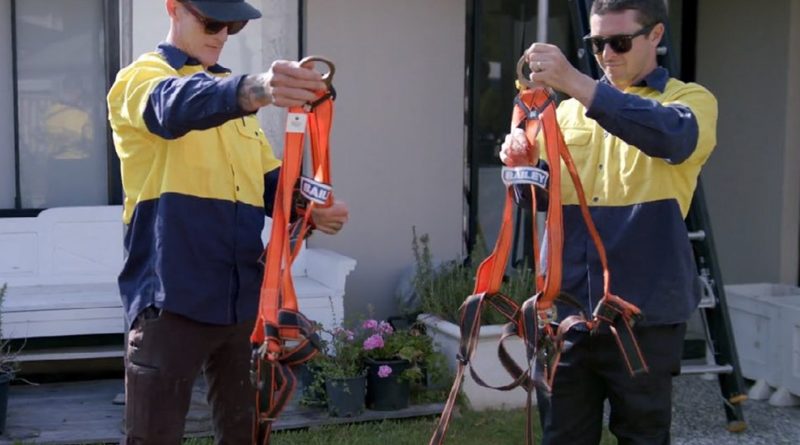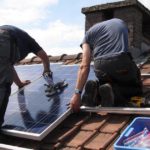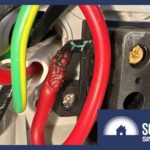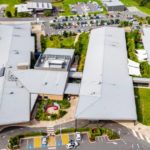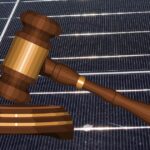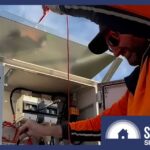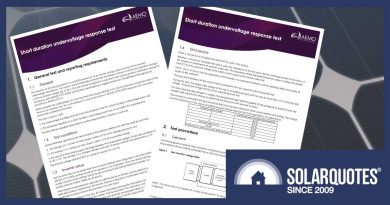New South Wales Solar Installer Safety Blitz
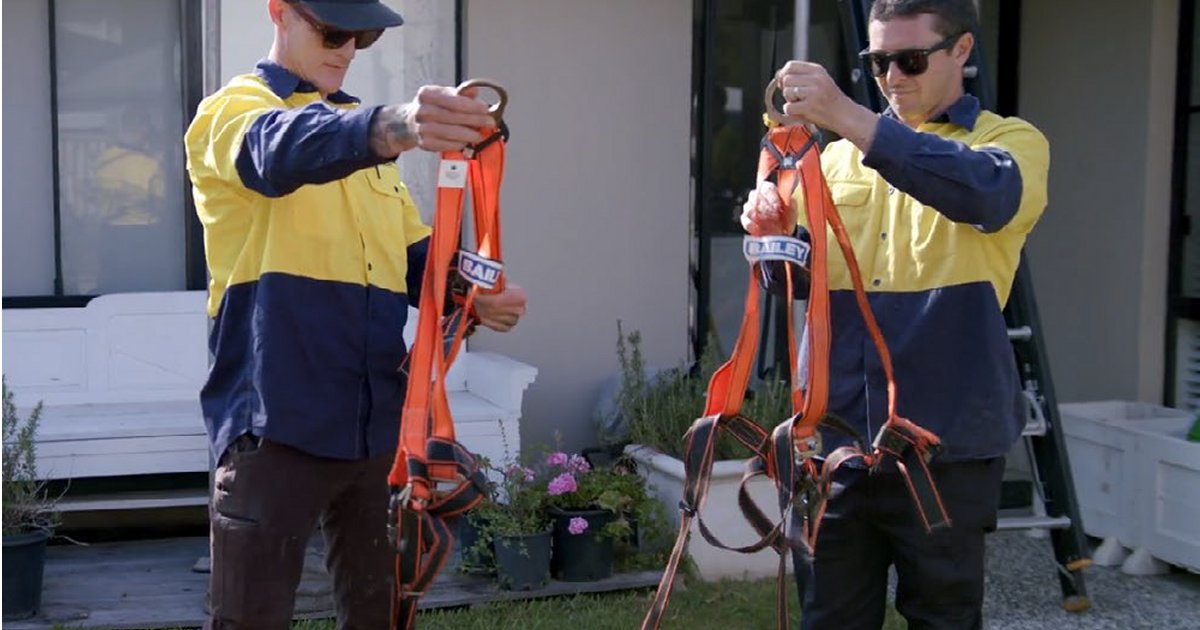
Rooftop solar installation is dangerous work. SafeWork NSW inspectors will be visiting a bunch of sites across the state over the next six months to ensure workplace safety rules are being followed.
The guys and gals who get up on rooftops to install solar panels are pretty brave folks. Negotiating uneven surfaces on angles at height while being buffeted by breezes and manoeuvring into place what are essentially heavy kites is not for the faint-of-heart. Having your wits about you is paramount – as is having the right gear and right training to do the job safely.
In NSW, solar power installations have been increasing – so the number of workers potentially at risk from falls and electrocution have as well.
“Solar retailers and installers have responsibilities under work health and safety laws to ensure workers are not at risk of falls from heights or contact with electricity, the two biggest safety risks the industry faces,” said SafeWork NSW Executive Director Compliance & Dispute Resolution Matthew Press.
SafeWork NSW’s concerns over non-compliance in relation to fall and electrocution risk management in the rooftop solar installation industry are well-founded. An audit blitz in 2021 saw 286 site visits, and of those:
- 69 per cent of sites were only using harnesses1 – or did not have any sort of fall protection such as roof rails or scaffold.
- Where harnesses were in use, 32 per cent did not have appropriate anchor points – and half were not clipped on to anything at all.
- More than a quarter of sites did not have ladders fixed at the top, nor did the ladder extend one metre past the landing space.
- 27 per cent of sites didn’t have a lock on the main electrical switch or the meter box. During an installation there is a significant period when power needs to be switched off, and the potential for someone to flick it back on again prematurely is worth protecting against.
- 14 per cent did not adequately address the risk of overhead powerlines.
Inspectors issued 260 notices during those visits; including 98 improvement notices, 123 prohibition “stop-work” notices and 39 penalties totalling just shy of $125,000. The full report on that audit can be viewed here.
“Zero Tolerance” For Fall Risks
Mr. Press warned that in the upcoming inspection blitz, fines will again be issued in cases of non-compliance – and it looks like there’s little to no chance of getting away with just an improvement notice with regard to fall risks.
“Falls from heights is the biggest cause of traumatic fatalities on NSW construction sites, with most serious or fatal falls being from roofs, ladders or unsafe scaffolds – and from a height of four metres or less. That’s about the height of a single storey house.”
While safety gear isn’t cheap, there is some support in New South Wales for related purchases.
“SafeWork has $1,000 rebates available for safety purchases which could prevent an incident and is a better investment than a $3,600 on-the-spot fine,” said Mr. Press.
The rebate, available to most small business owners in NSW with fewer than 50 full time employees, has been available since 2018.
SafeWork NSW also offers the following resources:
Footnotes
Original Source: https://www.solarquotes.com.au/blog/solar-installer-safety-mb2650/
